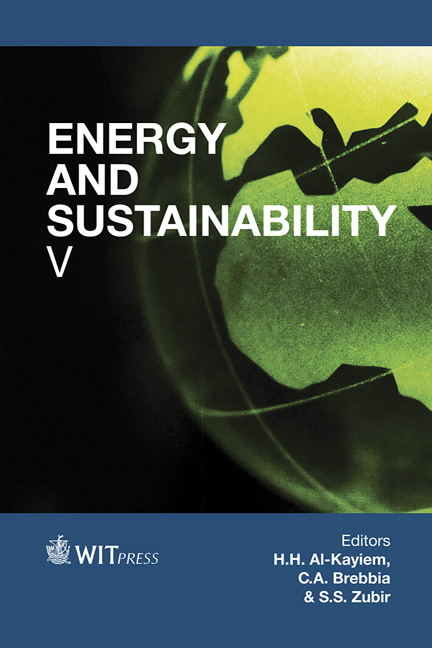LNG As An Alternative Fuel: The Steps Towards European Implementation
Price
Free (open access)
Transaction
Volume
186
Pages
12
Page Range
887 - 898
Published
2015
Size
299 kb
Paper DOI
10.2495/ESUS140791
Copyright
WIT Press
Author(s)
L. Simmer, G. Aschauer, O. Schauer, S. Pfoser
Abstract
In the current discussion about alternative energy supply and strategies in Europe, Liquefied Natural Gas (LNG) comes to the fore. Today the LNG share in global gas trading is at about 30%, in Europe at only 15.5%. Most notably LNG is used in industry and pipeline feeding. For the use of LNG as fuel, which could reduce the dependence on oil, there are currently only limited supply options for end users. The infrastructure is still in a developing stage.
The aim of this work is a detailed analysis and assessment of the developments around the implementation and applications of LNG. With specific focus, the potential of LNG as an alternative fuel for vehicle fleets and ships is being investigated. For this purpose, extensive literature research was carried out as the first step.
There is an impressive amount of work and projects that aim to break through these barriers and to implement LNG as alternative energy and fuel source. Currently in Europe there are about 40 LNG filling stations, which supply about 200 trucks and buses. Due to stringent emissions requirements, the LNG-powered ship market has grown in the last decade. About 20 ships are already in transit on the coast of Norway. For inland vessels, LNG as a fuel in Europe is still banned, but nevertheless there are currently two barges operating with a certificate of exemption between Basel and Rotterdam. The results of this paper should point to the problem areas as well as the potentials for LNG as a fuel and make a significant contribution towards further implementation steps.
Keywords
Liquefied Natural Gas, LNG, energy supply, alternative fuel





